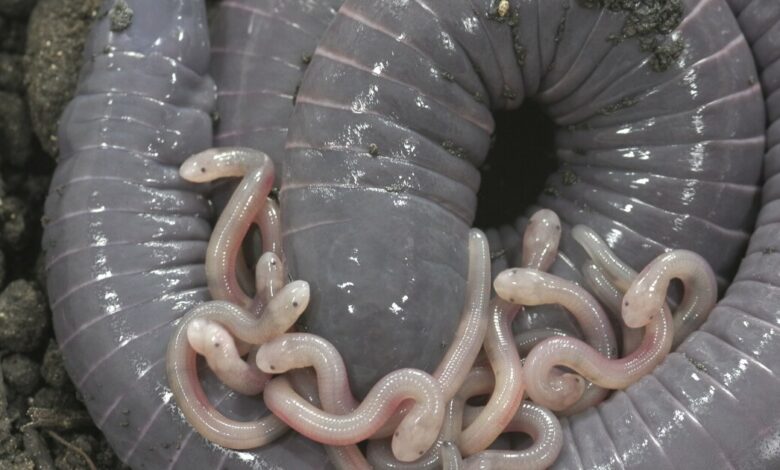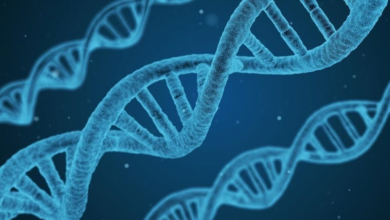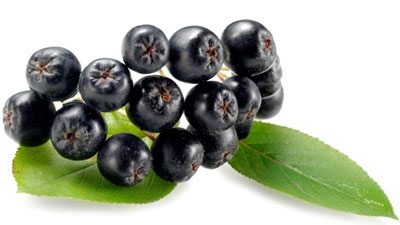Researchers spot first egg-laying amphibian feeding its babies ‘milk’

Researchers at the Instituto Butantan in Sao Paulo, Brazil, have captured a groundbreaking discovery on camera: a species of worm-like amphibian, known as a caecilian, feeding its young with a milk-like substance.
The caecilians, descended from the same lineage as frogs and salamanders, have evolved to produce this unique substance independently.
The particular species under study, Siphonops annulatus, exhibits a fascinating behavior where the newborns consume their mother’s skin for nutrition.
This process, observed by biologist Marta Antoniazzi and her team, led to the revelation of a milk-like secretion coming from the mother’s tail, containing lipids and sugars akin to mammalian milk.
The study, published in the Journal Science, sheds light on the remarkable adaptations and shared characteristics among diverse animal groups.





